Certainly! In Vietnamese culture, similar to Chinese culture, there are also significant beliefs and practices related to elements and symbolism, particularly during special occasions like the Lunar New Year. Let’s explore how these concepts manifest in Vietnam, focusing on their unique cultural perspectives.
In Vietnam, the Lunar New Year, known as Tet Nguyen Dan or Tet, is the most significant and cherished holiday. It marks the arrival of spring and is a time for family reunions, paying respects to ancestors, and welcoming new beginnings. Like in Chinese culture, Vietnamese traditions during Tet are deeply rooted in symbolism, with each aspect carrying specific meanings and intentions.
The concept of the five elements (ngũ hành) is also integral to Vietnamese culture, though it may differ slightly in interpretation and application compared to Chinese beliefs. These elements are:
Metal (Kim): Represents strength, determination, and sharpness. It is associated with autumn, the west, and the color white or gold.
Wood (Mộc): Symbolises growth, flexibility, and vitality. It is connected to spring, the east, and the color green.
Water (Thủy): Signifies fluidity, adaptability, and circulation. It is linked to winter, the north, and the colours blue or black.
Fire (Hỏa): Represents passion, energy, and transformation. It is associated with summer, the south, and the colour red.
Earth (Thổ): Symbolises stability, nourishment, and grounding. It is connected to the center, the changing seasons, and the color yellow or brown.
During Tet, these elements are often incorporated into various customs and rituals to enhance harmony and balance in life. Families may decorate their homes with colors and symbols that correspond to these elements to attract positive energies and blessings for the new year.
Traditional Tet celebrations also involve the giving and receiving of lucky money, called “li xi” or “li xi đầu năm.” These red envelopes, often adorned with gold lettering and intricate designs, symbolize good fortune and prosperity. They are typically given to children and younger relatives as a gesture of well-wishes and blessings for the year ahead.
In Vietnamese astrology, similar to Chinese astrology, each year is associated with an animal sign from the zodiac cycle, and each animal sign is governed by one of the five elements. For example, a Year of the Dragon in Vietnam would also be influenced by the specific element associated with that particular Dragon year (Wood Dragon, Fire Dragon, etc.), influencing the characteristics and predictions for individuals born under that sign.
In summary, while Vietnam has its distinct cultural practices and interpretations of elements and symbolism, there are many parallels with Chinese beliefs, especially during festive occasions like Tet. The concepts of the five elements, their associations with directions, seasons, and attributes, enrich Vietnamese traditions, adding depth and meaning to rituals, celebrations, and everyday life.
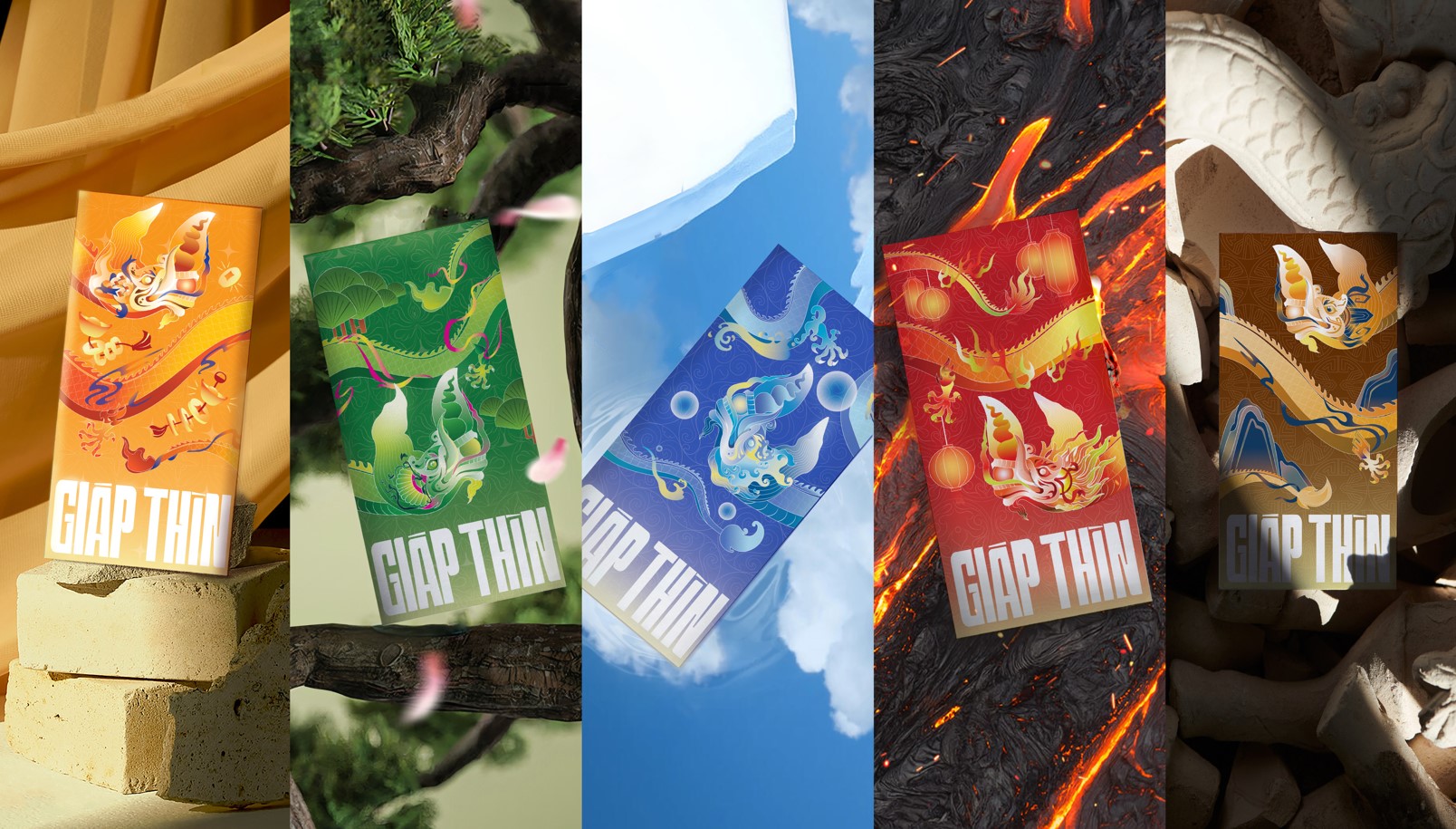
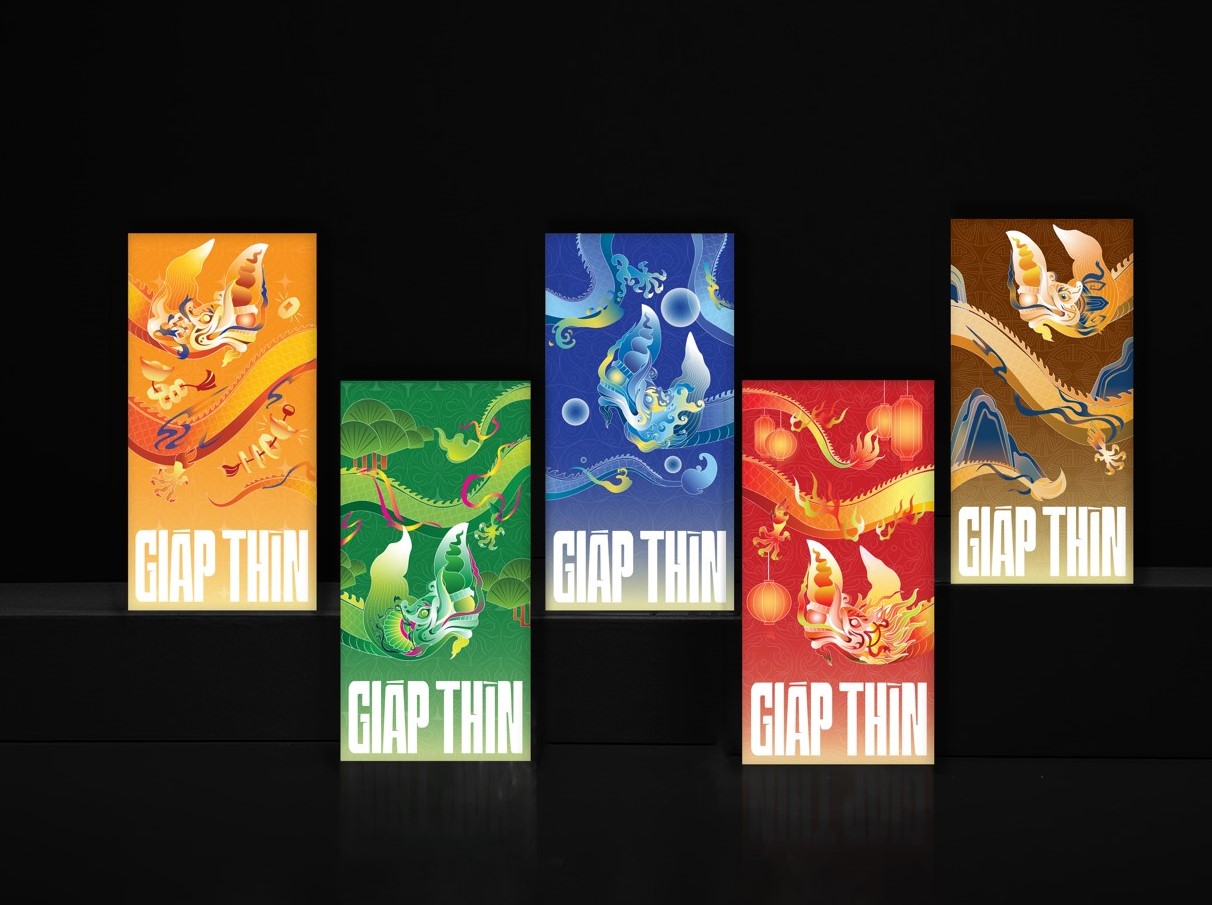
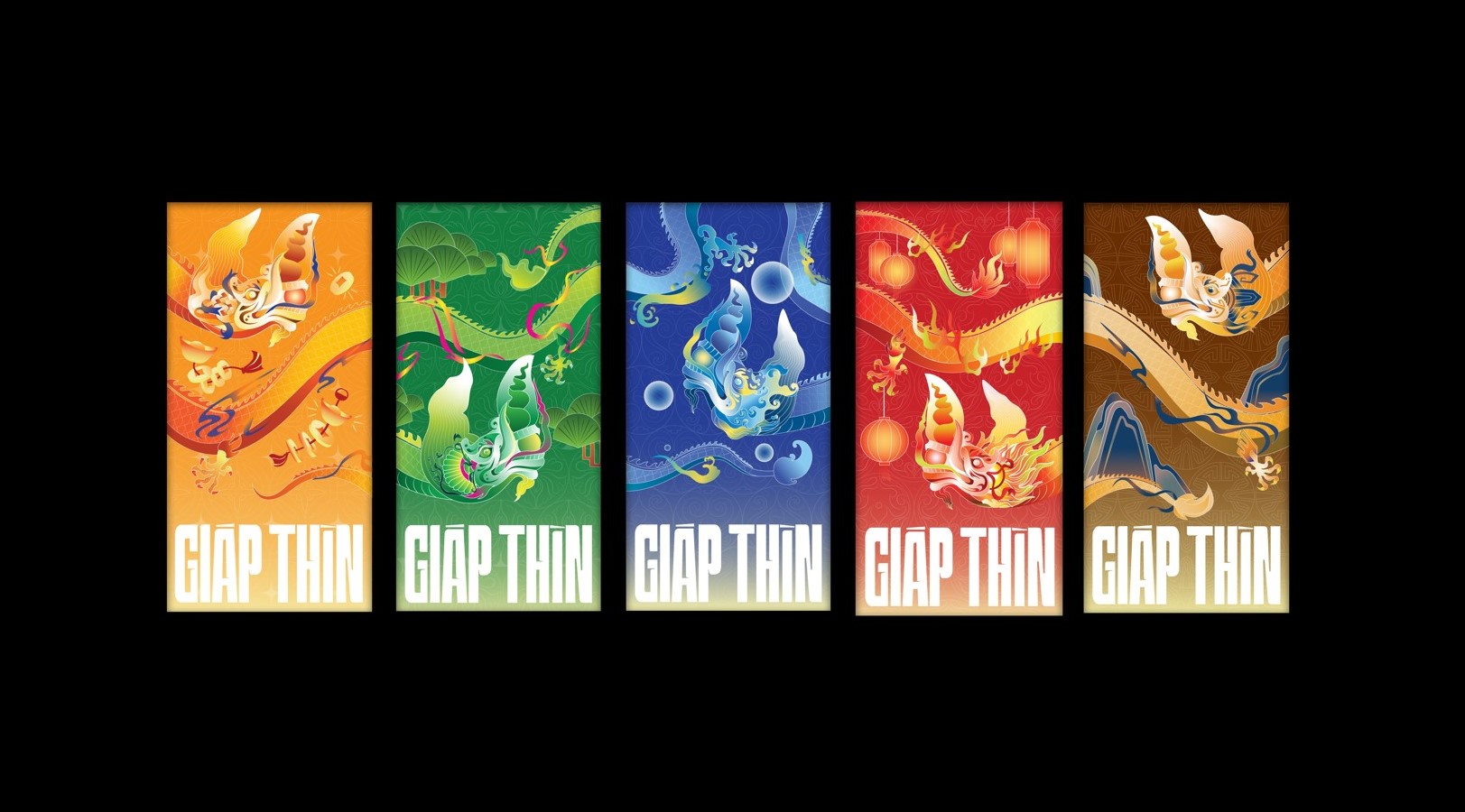
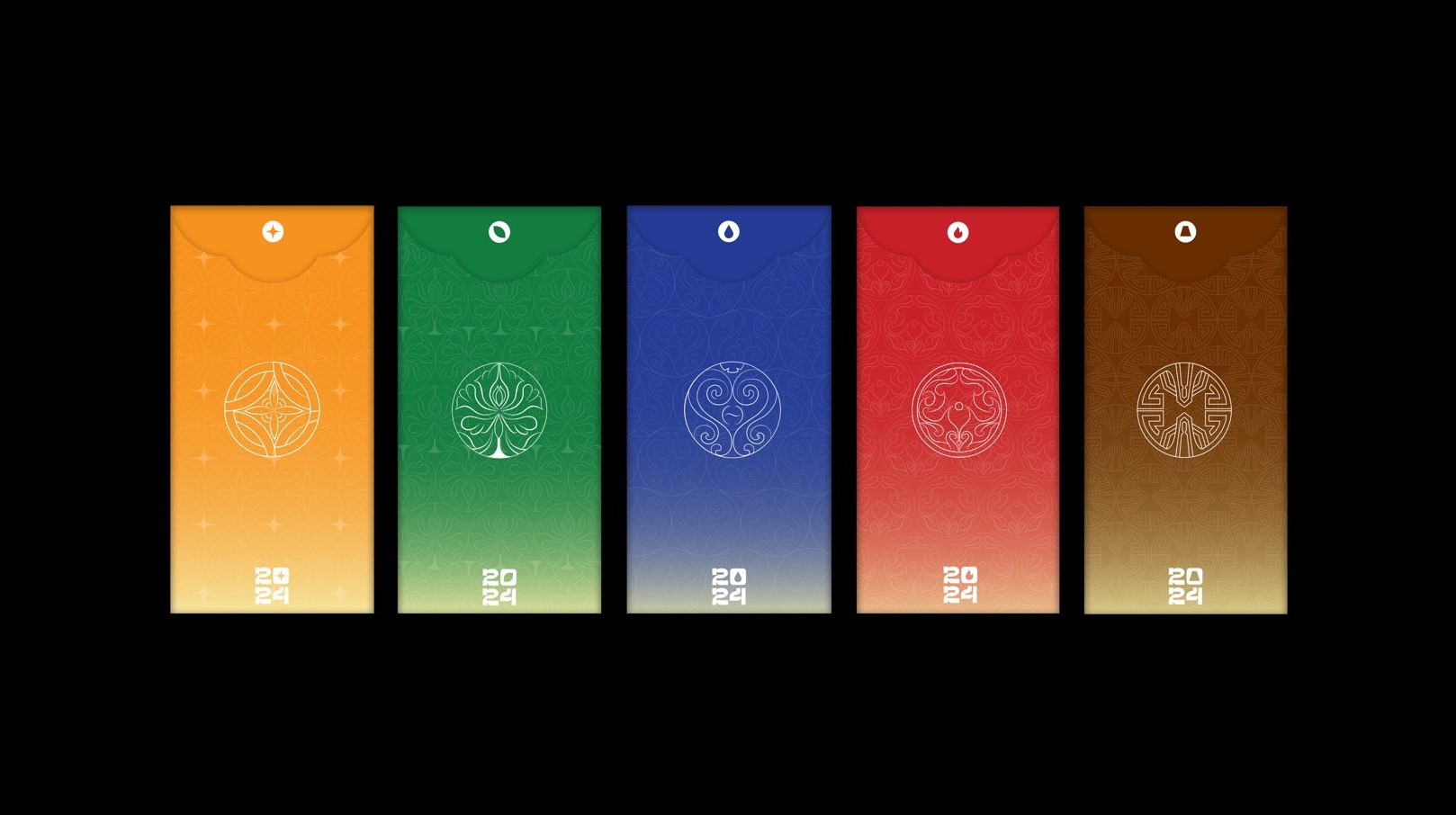
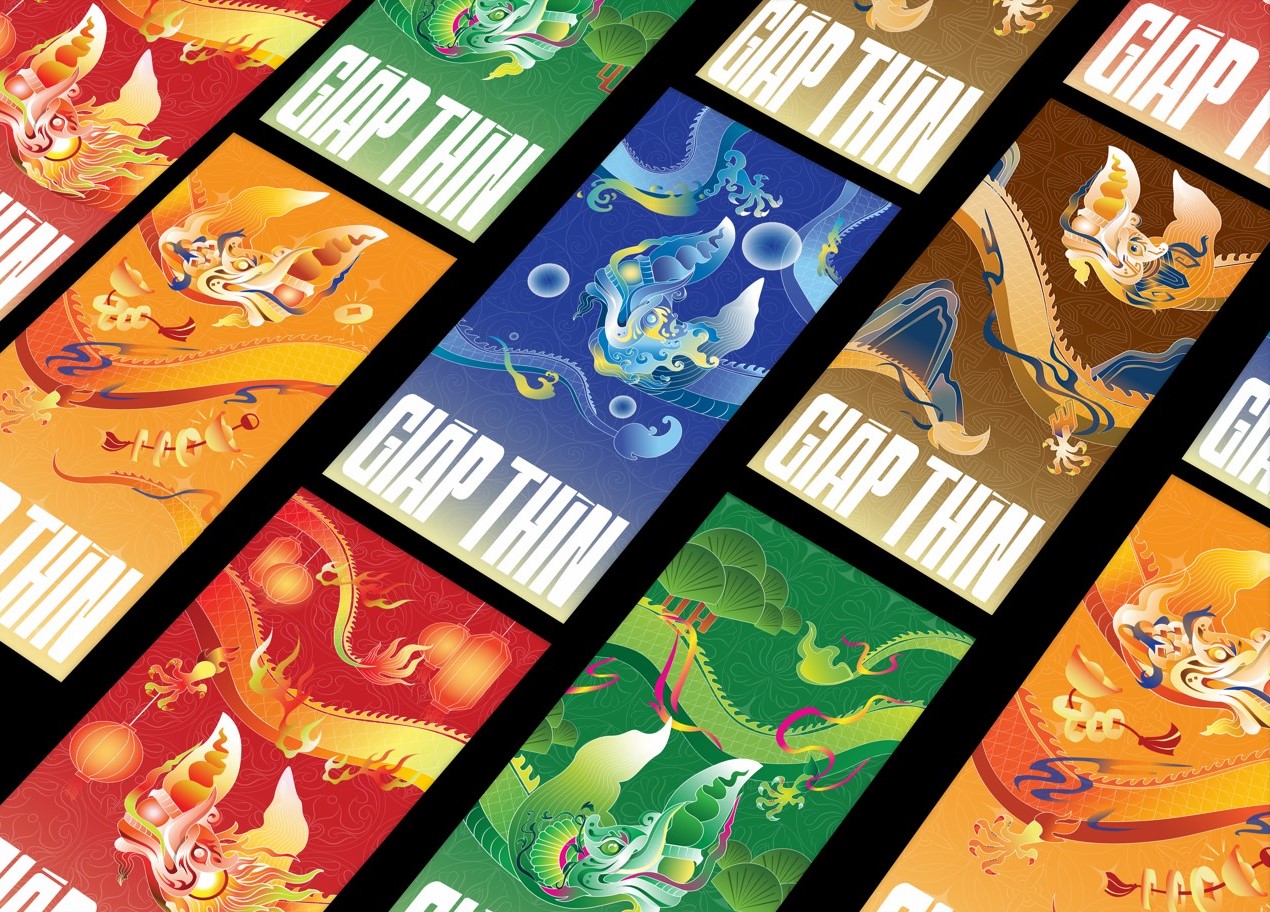
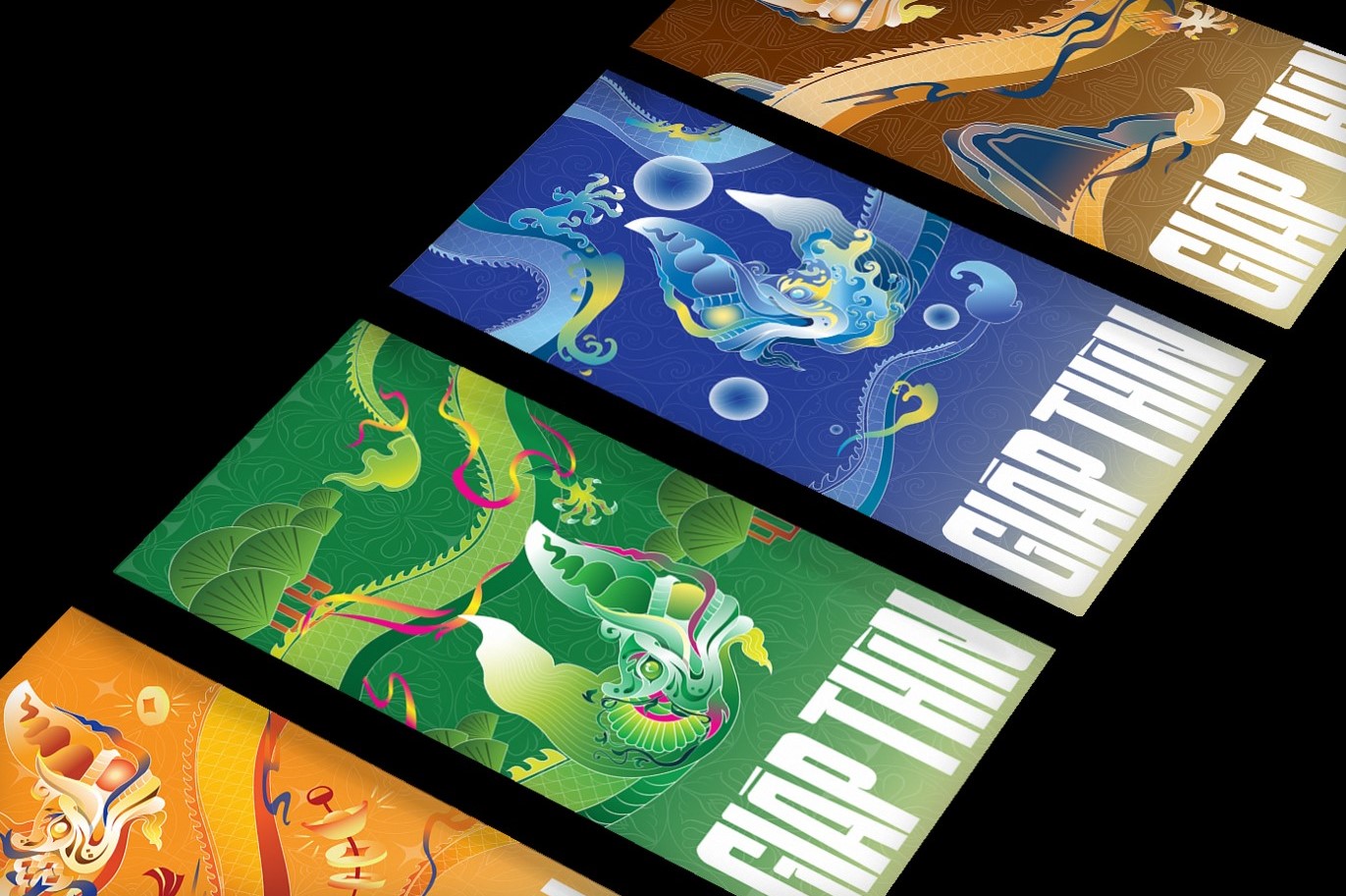
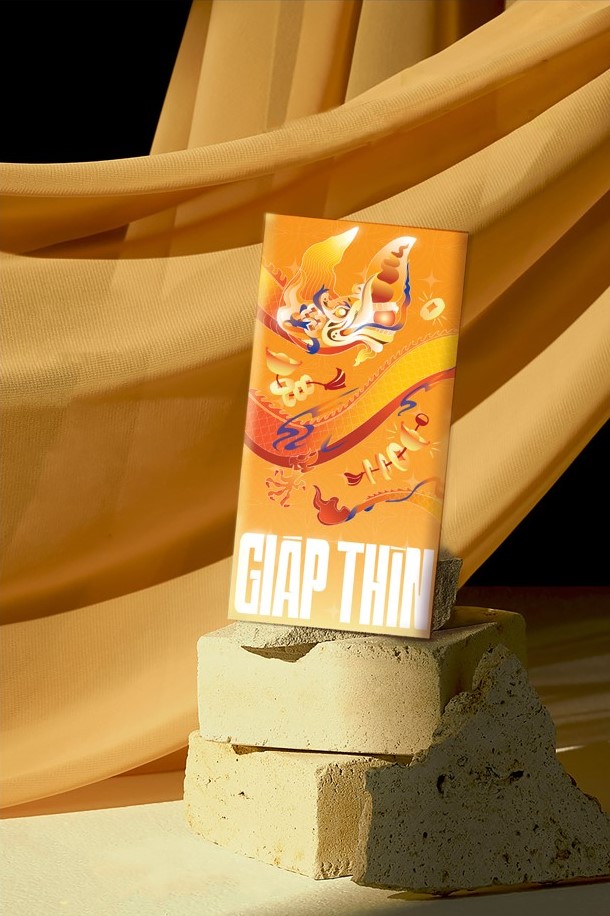
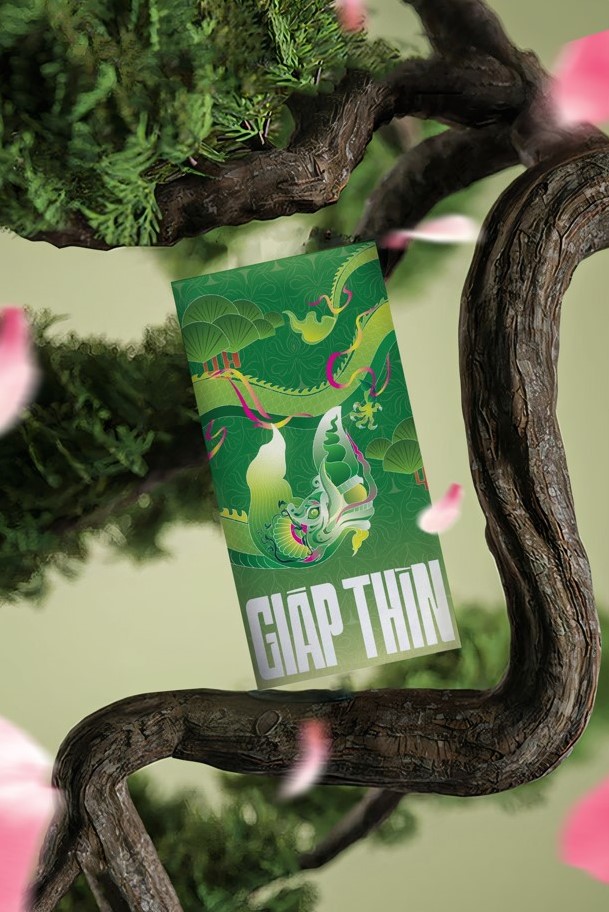
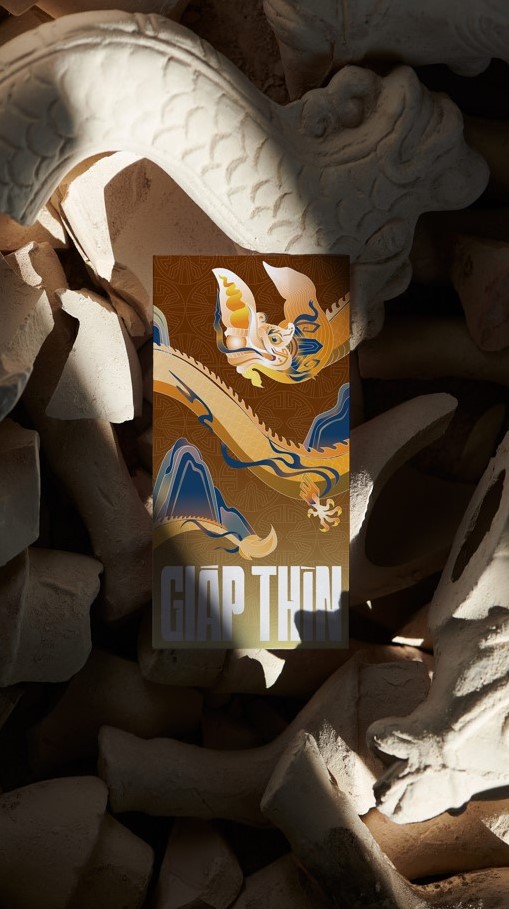
CREDIT
- Agency/Creative: Triple Three
- Article Title: Triple Three Explores Vietnamese Tet: Elements and Symbolism Unveiled
- Organisation/Entity: Student
- Project Type: Packaging
- Project Status: Published
- Agency/Creative Country: Vietnam
- Agency/Creative City: Ho Chi Minh
- Market Region: Asia
- Project Deliverables: Graphic Design, Illustration, Packaging Design
- Format: Case
- Industry: Mass Media
- Keywords: LUCKY MONEY EVELOPE
-
Credits:
Hien Bui: Hien Bui











